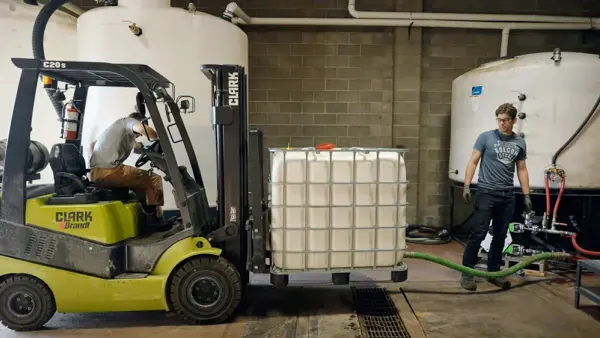Dive Brief:
- Despite calls to make the fashion industry more sustainable, the apparel sector’s greenhouse gas emissions increased by 7.5% in 2023 compared to 2022, according to a recent report from global nonprofit Apparel Impact Institute. This marks the first year-on-year increase since Aii began tracking emissions in 2019.
- Increased production was one of the drivers behind the sector’s growing carbon footprint, spurred by ultra-fast fashion companies like Shein gaining traction, the report found. The industry also used more virgin polyester — a fossil fuel-based fiber, which now makes up 57% of total global fiber production — rather than recycled materials, according to the report.
- The apparel industry’s emissions reached 944 million metric tons, in 2023, per the report. This accounts for 1.78% of total global emissions that year.
Dive Insight:
Estimates of the fashion industry’s share of global GHG emissions vary depending on calculation methods, but a 2020 McKinsey report estimated that the contribution could be anywhere from 3 to 10%. A separate 2021 report from the World Economic Forum found that the fashion industry and its supply chain were the world’s third-largest polluter.
In recent years, consumers, activists, and governments have called on fashion companies to make their product design and supply chains more sustainable.
Aii’s estimate of the fashion industry’s GHG emissions is based on the nonprofit Textile Exchange’s latest data on the total amount of various fibers produced globally. This data is based on 2023 figures and was released in late 2024.
Aii then used the Higg Materials Sustainability Index, which quantifies emissions generated during each part of the apparel production process for a given material, to calculate the total emissions associated with these production volumes. The sustainability-focused nonprofit did not include the emissions generated by companies’ corporate offices, consumer use, or disposal activities because these can be complicated to calculate, according to the report.
If emissions continue to rise on this trajectory, the fashion industry’s carbon footprint will be about 1.253 billion metric tons by 2030, the report warned. To limit global warming to 1.5 degrees Celsius, the industry would need to reduce its emissions to 0.489 billion metric tons by 2030, Aii said.
The findings align with a recent report by the NewClimate Institute that found that major brands like H&M, Adidas, Lululemon, Inditex and Shein were far off track from reducing their emissions to meet the 1.5 degrees Celsius goal. In fact, Shein’s emissions jumped by 23.1% in 2024, according to the brand’s own calculations.
However, Aii’s report highlighted a few cases of progress being made when it came to decarbonization, including H&M’s 23% reduction in scope 3 emissions and denim manufacturer Artistic Milliners’ $100 million investment in renewable energy. Such shifts indicate the path forward, Apparel Impact Institute President Lewis Perkins told ESG Dive in an email.
“There is incredible potential with energy decarbonization” to reduce a company’s carbon footprint in scope 3, Perkins said. However, he added, that “the cost of decarbonization remains a real hurdle, especially for small and medium-sized suppliers, who often face less favorable lending conditions.”
For example, Aii found that virgin polyester was used more by apparel brands, compared to recycled polyester, because it was simply cheaper due to low oil and gas prices that year, according to the report.
The report notes that, historically, individual brands have not been willing to help their suppliers decarbonize their processes. To address this, Aii’s Fashion Climate Fund raises money from brands, banks, and philanthropists to subsidize suppliers’ transition to renewable energy.
But Perkins added that decarbonized supply chains are becoming an increasingly attractive business proposition because they mitigate risk for shareholders and protect brands from oil and gas price viability: “We are seeing real financial returns, beginning with lower energy costs.”









